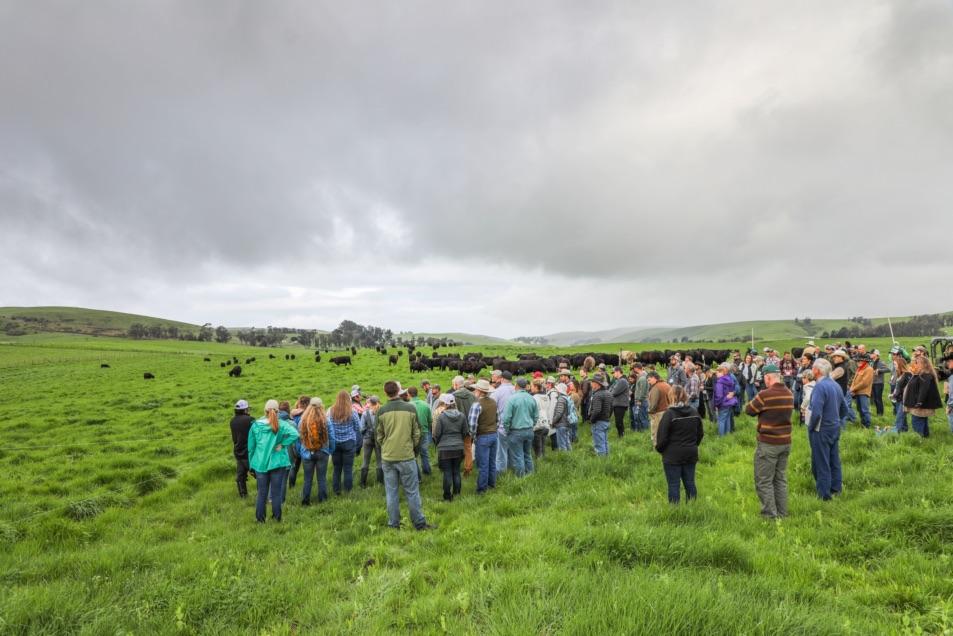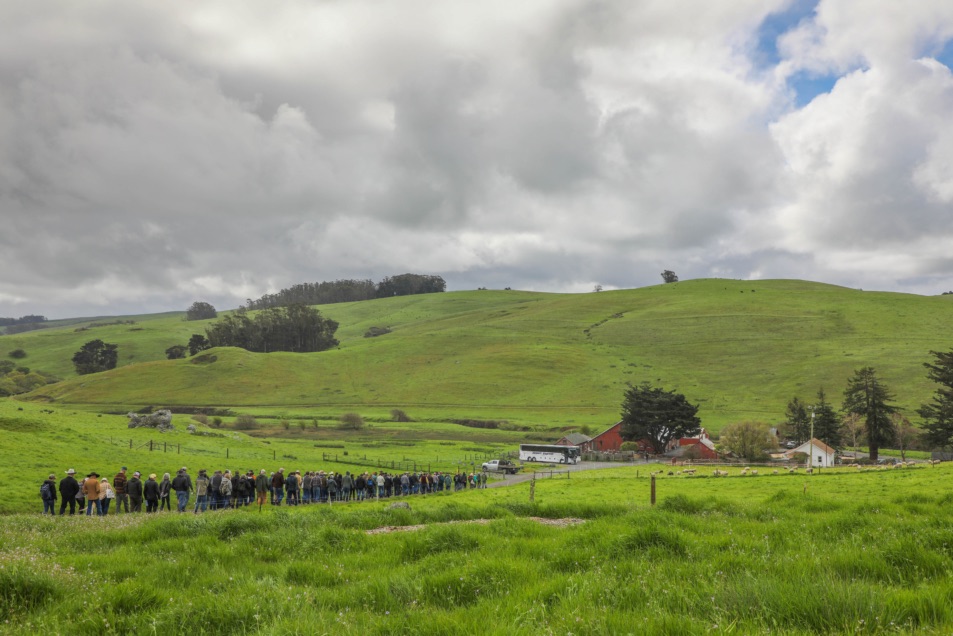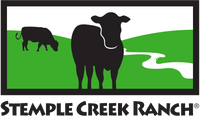
Earth Day 2019: Carbon Farming for the Future
We like to think of every day as "Earth" day at Stemple Creek Ranch; earth as in soil, that is. Healthy soil is the foundation of everything we do. It can make or break our business. As producers of 100% grass fed and grass finished beef and lamb, we depend on the forage that grows in our pastures to feed our livestock from birth to harvest. To do this, we need to manage our land and resources in ways that build and sustain the healthiest soil possible.

This isn’t an easy task. Mother Nature presents us with some inherent challenges. Our ranch in West Marin County is subject to a seasonal drought pattern. Half of the year we get virtually no rain, and the other half of the year we get too much. Ideally, we need 2”-3” of rain in October to kick off the growing season, and another 2”-3” in May to extend grass growth into summer. As dry land farmers, we want our soil to act like a big sponge when it rains so it retains that water as long as possible. Our long term goal is to have green grass for our livestock to eat year round.

Our carbon farming plan is helping us achieve this goal. In 2013 we partnered with the Marin Carbon Project as one of three West Marin test ranches who are experimenting with the effects of carbon retention on soil health. Basically, the more carbon we sequester, the more nutrients and water our soil retains, which results in better productivity of our field forage. A little carbon can make a BIG difference. For every 1% increase in carbon we put back in the soil, we store an average of 18-25,000 gallons of water per acre!

Earlier this month, Loren was invited to speak at the Regeneration Rising Conference in Santa Rosa, California. Hosted by The Grass Fed Exchange, this three day event gathered regenerative ranchers, dairymen, and sustainable food supporters from around the world to share ideas and learn from each other. The goal is to build a global community of like-minded people who are working together to promote grass fed paradigms in agriculture, and create impactful change. Loren led two site tours of our property during the conference to discuss our journey in carbon farming, and hear what other ranchers are doing to promote soil health.


There are several ways we increase soil carbon retention on the ranch. First, we use a no-till drill to seed perennial cover crops like rye grass, clover, plaintain, and brassica throughout our pastures in the fall. In addition to making the land more biodiverse, these perennials have deep taproots that thrive in our impacted soils while pulling nutrients from the atmosphere into the ground through photosynthesis.

We also make our own compost from wood chips and other organic matter, and spread it on top of the soil in our pastures to increase the biomass. One thin application of compost can sequester carbon for years to come. We can visibly see the results as our fields transform with greater bio diversity, and double the lush grass.

Worm casting “tea” and chicken manure from nearby farms, as well as spraying micro-nutrient rich sea water, liquid kelp, humate and fish oil add readily available minerals and enrich the underground biome. Moving the cattle frequently by rotational grazing helps mitigate weeds, allows the fields to rest, and encourages healthy grass growth.

It’s all a grand experiment, but the results so far are very encouraging. Learning to work with Mother Nature as a partner, and give back more than we take out of the soil, is the best way to make our grass fed operation sustainable for the future. It’s better for our land. It’s better for our animals. It’s better for the consumer.


